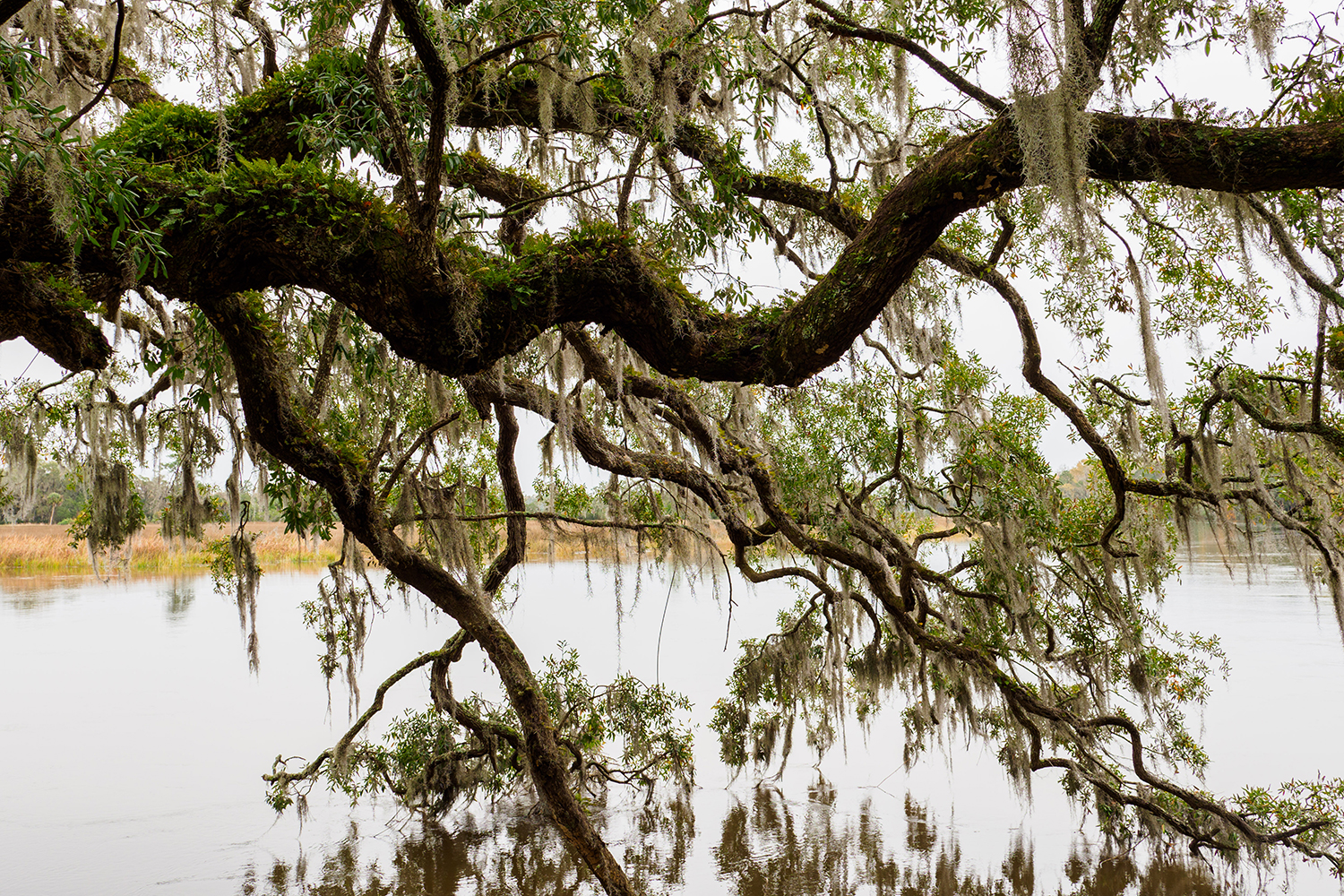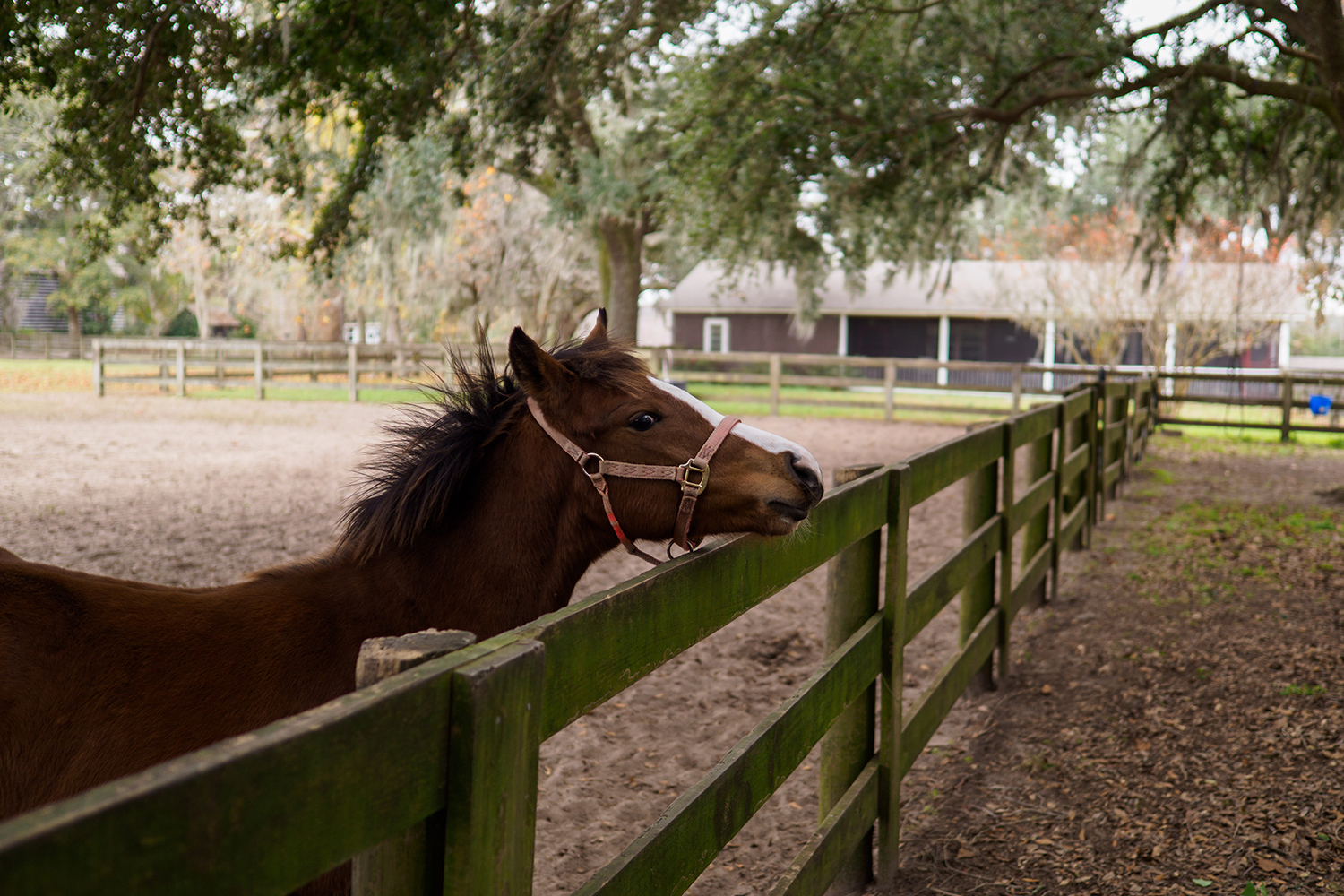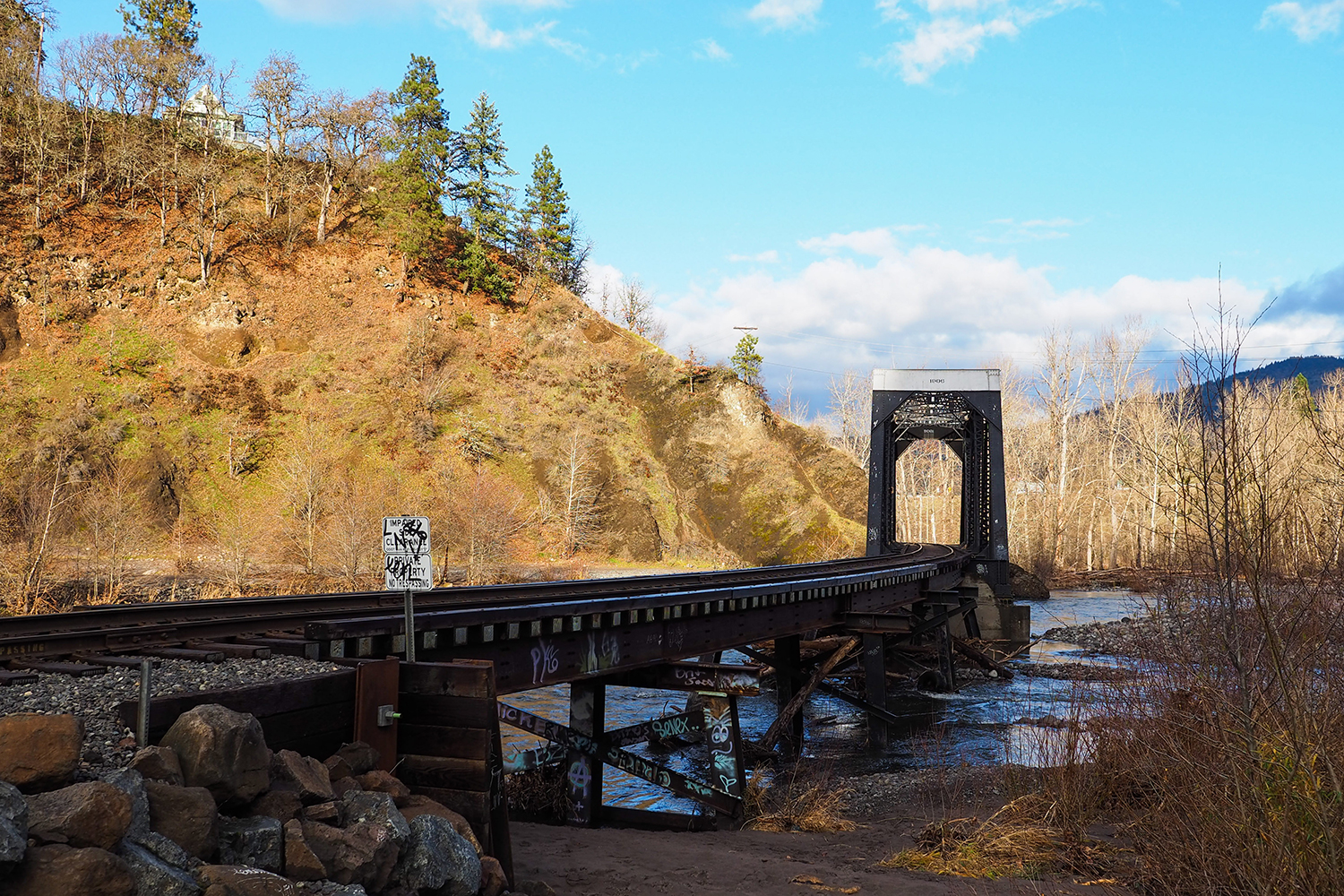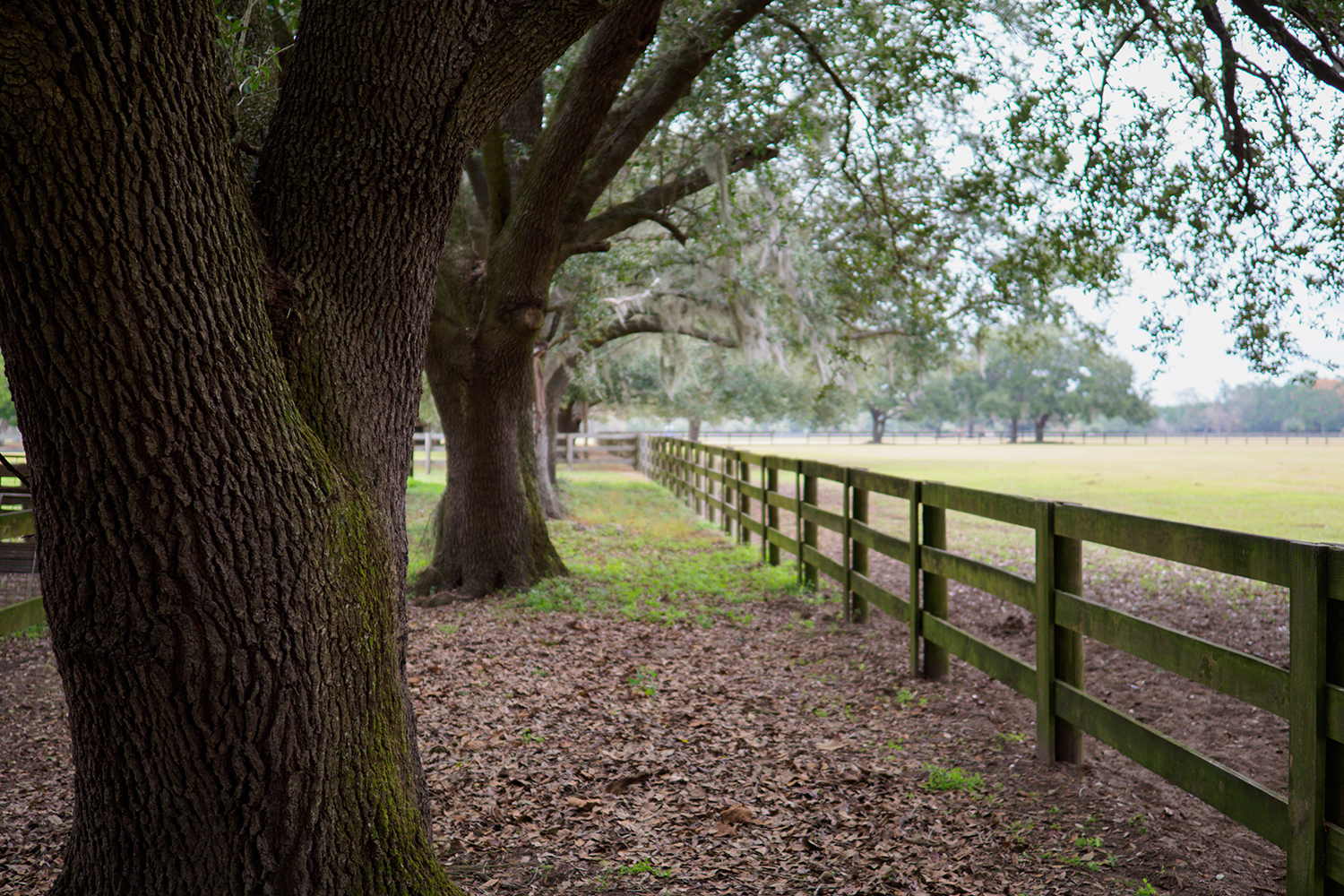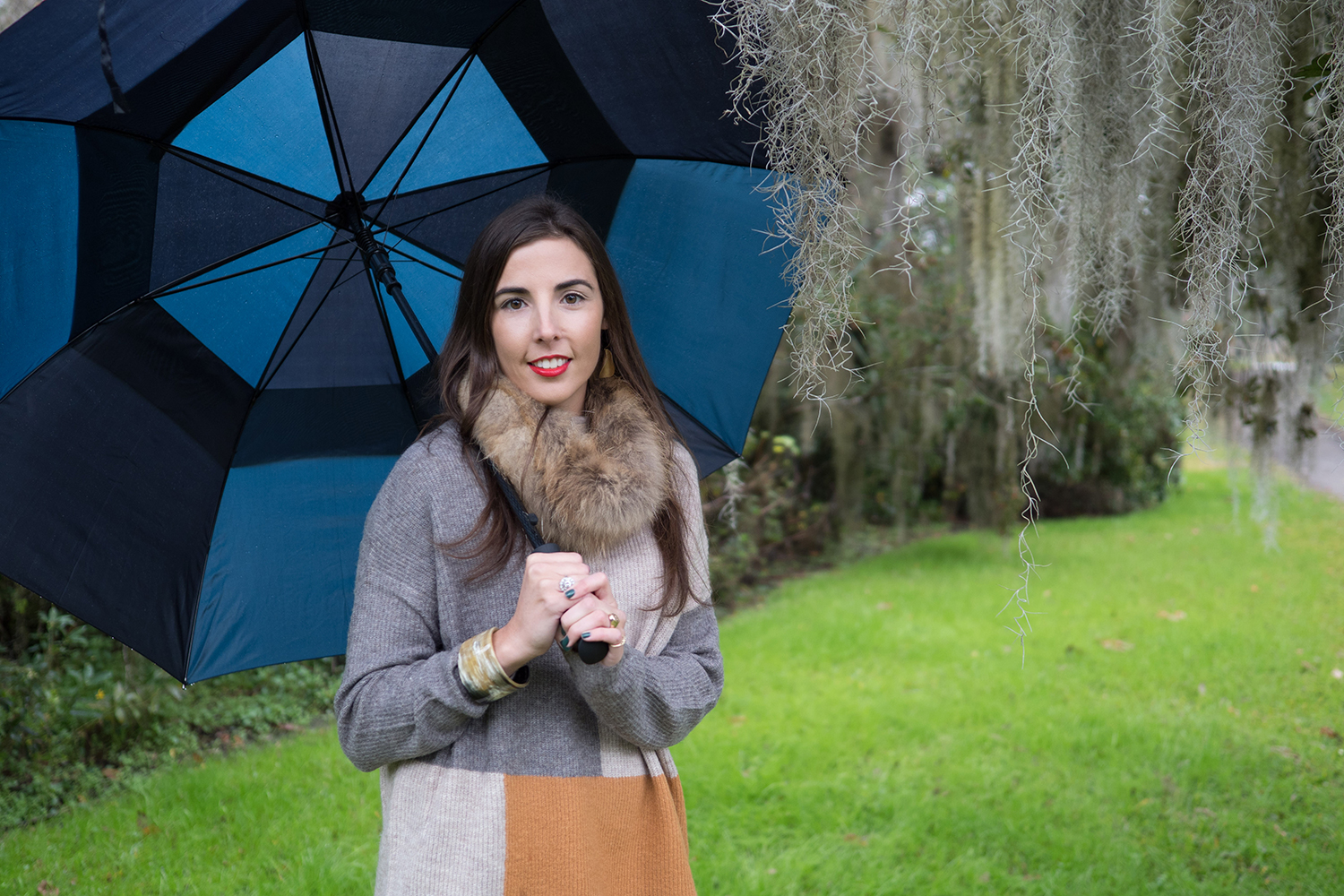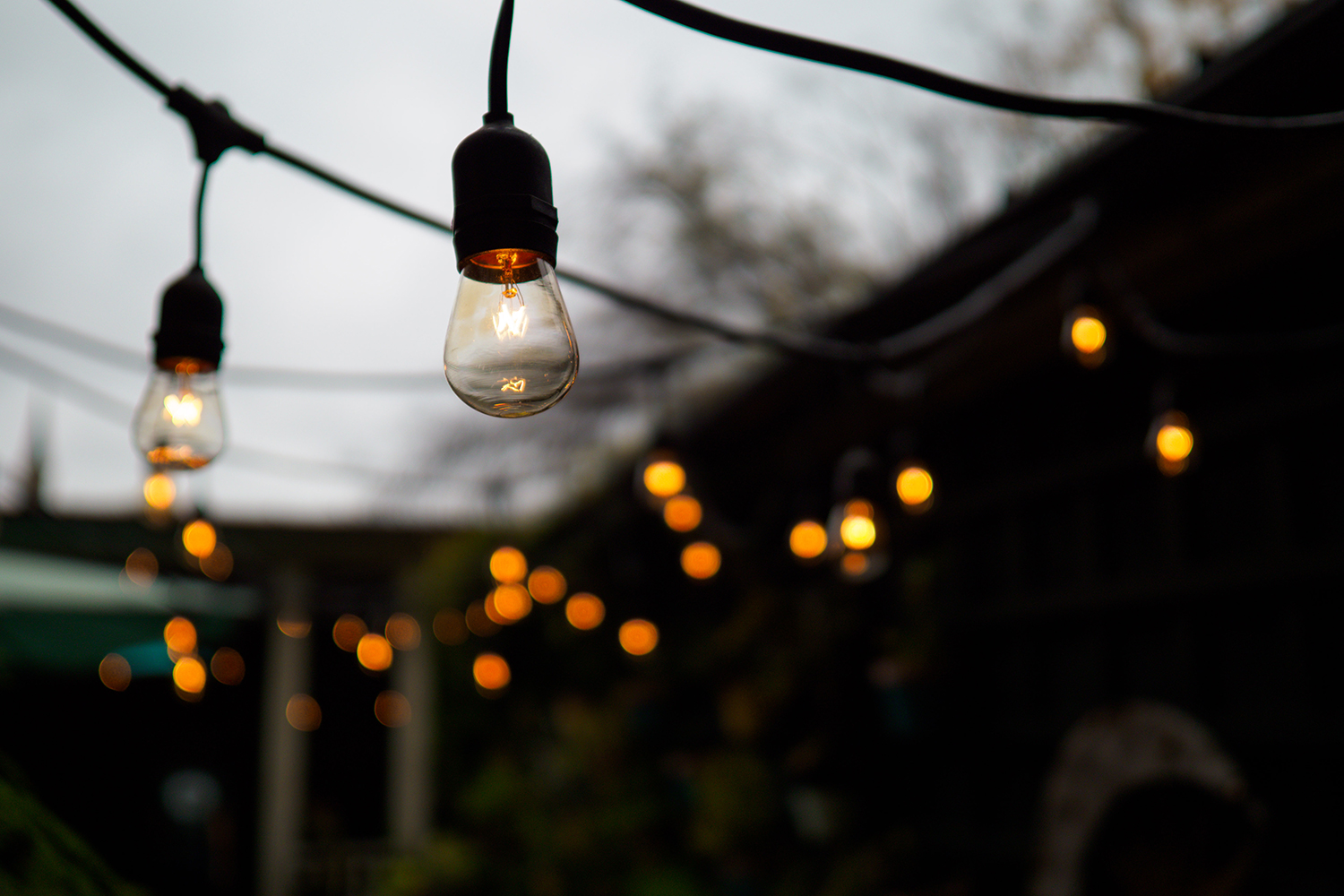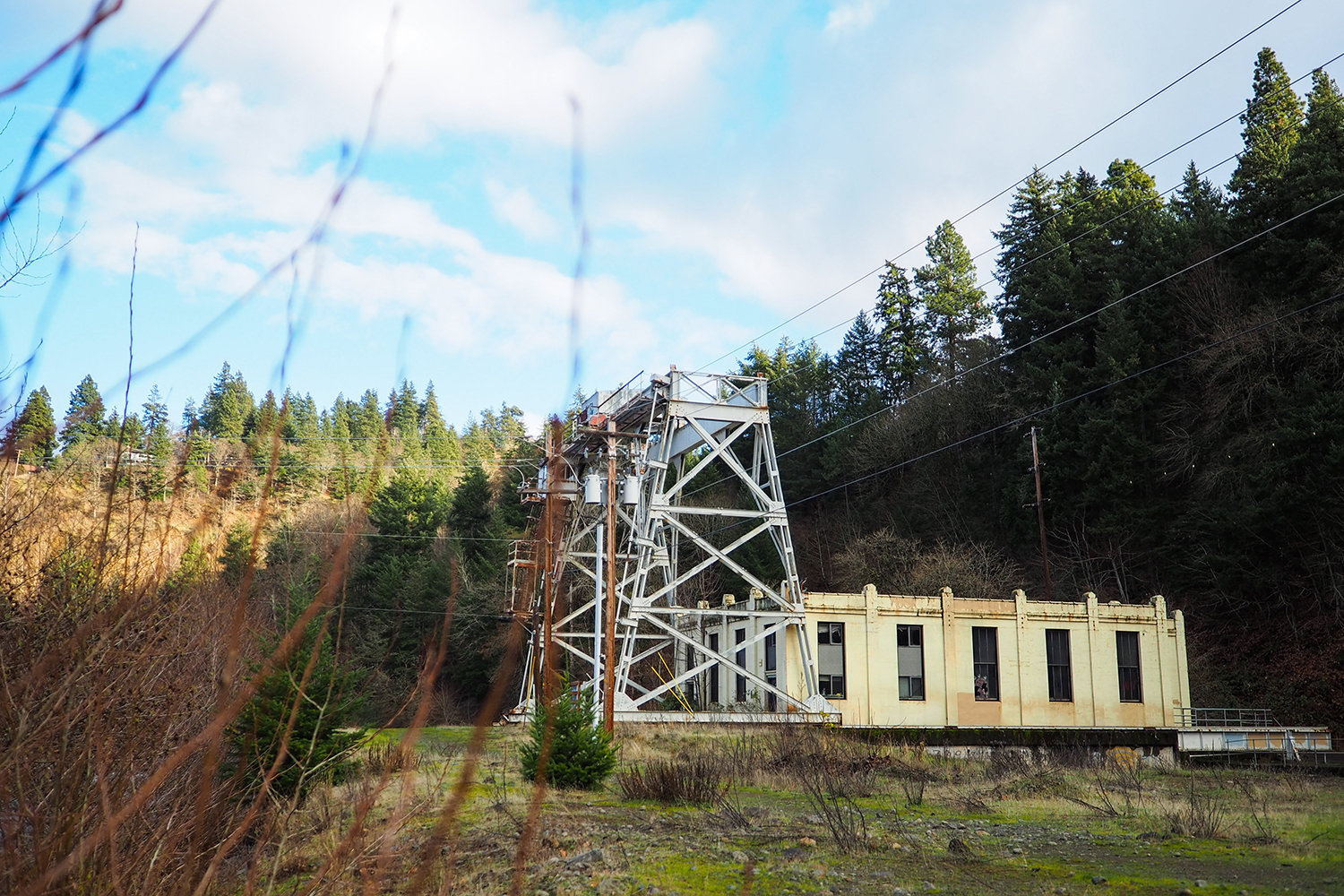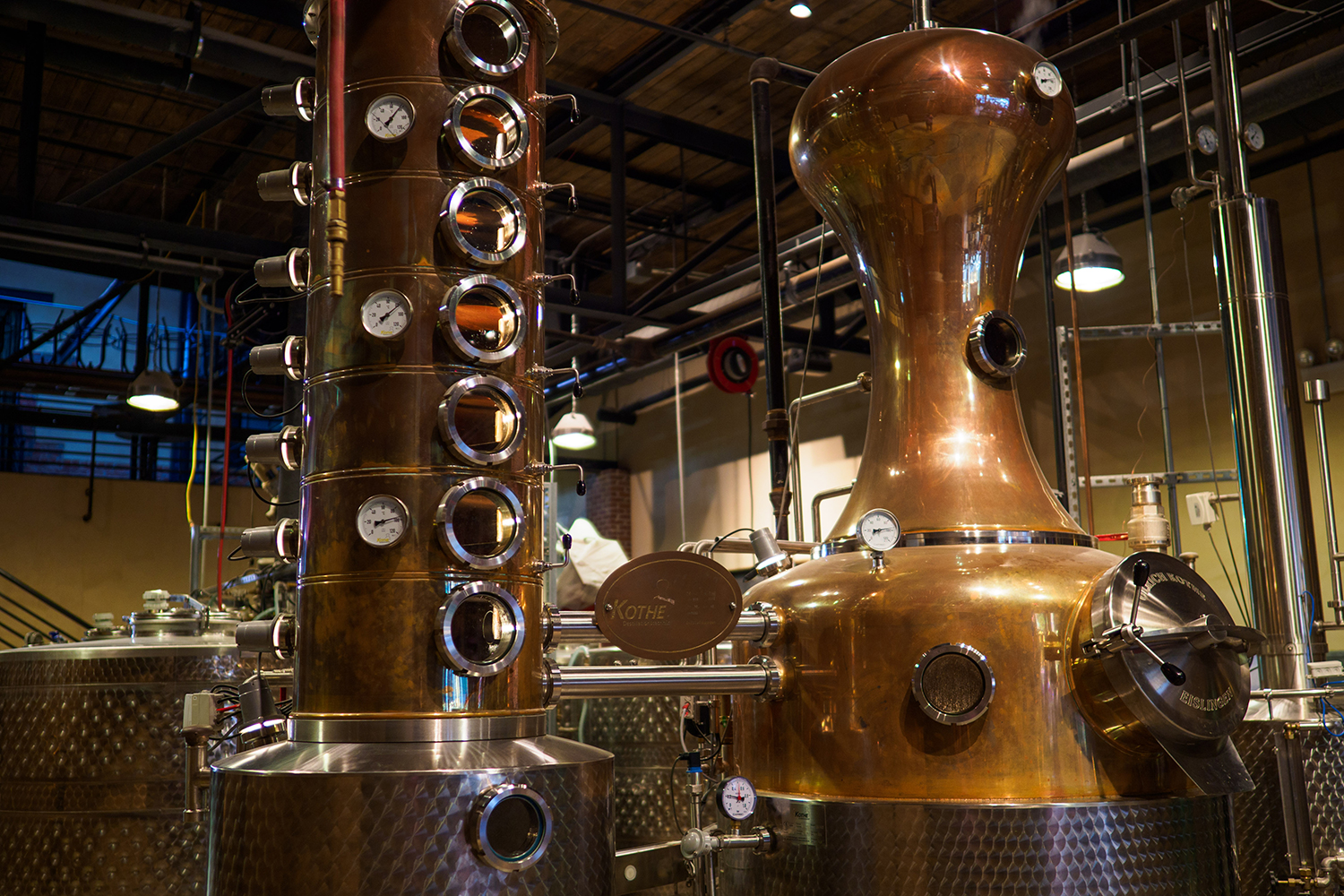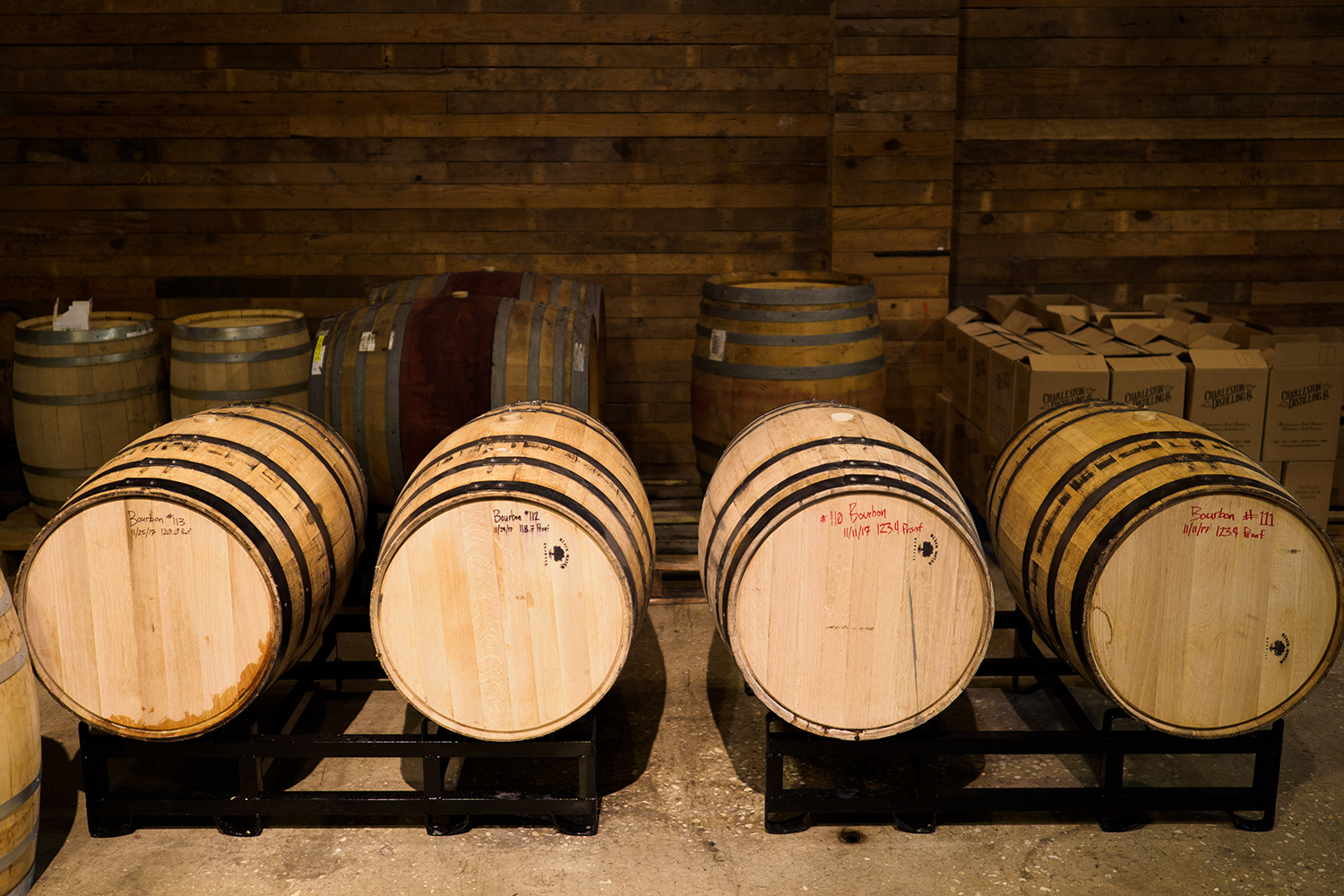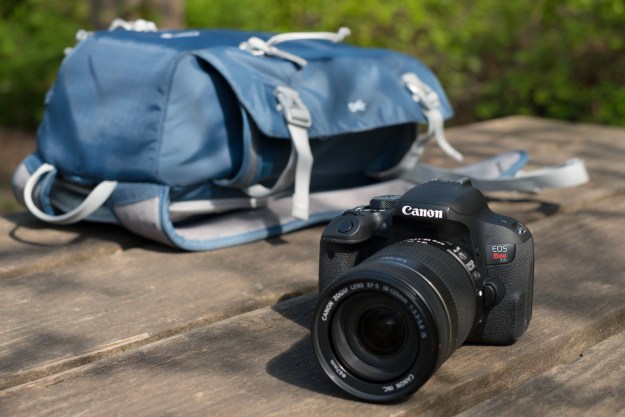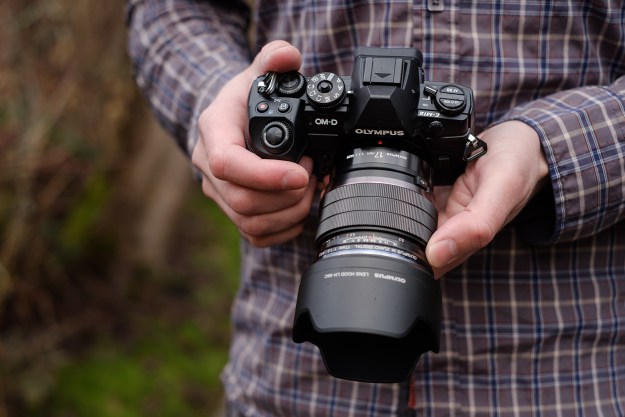
“The Olympus M.Zuiko 17mm F1.2 Pro is the best wide-angle Micro Four Thirds lens you can buy right now.”
- Pleasing “feathered bokeh” effect
- F/1.2 maximum aperture
- Sharp, even wide open
- Weather-sealed
- AF/MF clutch
- Some chromatic aberration
- Held back by MFT sensors
Micro Four Thirds users haven’t exactly had a shortage of wide-angle lenses to choose from, with multiple first-party options from both Panasonic and Olympus. But until now, there hasn’t been a fast, wide-angle prime that really targeted high-end and professional users. The Olympus M.Zuiko 17mm F1.2 Pro changes that, combining the largest aperture of any wide-angle lens available for the format with exceptional build quality.
Micro Four Thirds shooters now have a venerable option that helps push the format into professional territory.
The 17mm is part of a trio of lenses in Olympus’ M.Zuiko F1.2 Pro series, which also includes the 25mm and 45mm F1.2 Pro lenses. The company is hailing it as the most consistent lens line from any manufacturer. Each is optimized for sharpness, even when shot wide open, and for a signature “feathered bokeh” look that softens blur circles and provides smooth transitions from in-focus to out-of-focus areas. Naturally, these characteristics make the lenses well-suited for portraiture, but the wider field of view of the 17mm (offering a full-frame equivalent of 34mm) means it is well suited for a variety of roles, including street and landscape photography.
At $1,200, this lens could be considered expensive, but it is priced fairly considering the steep cost of fast, wide-angle primes in general. Micro Four Thirds shooters now have a venerable option that helps push the format into professional territory, adding value that goes beyond the basic space savings associated with the smaller mirrorless format.
Design and specifications
The 17mm F1.2 Pro is composed of an impressive 15 elements in 11 groups — including the world’s largest dual aspherical element, which helps keep the overall size of the lens down despite the optical complexity (it measures 87 millimeters long by 68mm wide). For comparison, the smaller M.Zuiko 17mm F1.8 uses just nine elements, and even the full-frame Nikon 35mm f/1.4G is made from only 10 elements.
The aperture diaphragm is made up of nine blades that help produce circular bokeh patterns even when stopped down. While the maximum aperture of f/1.2 is obviously the key selling point here, the lens can be stopped down all the way to f/16 (which may not sound terribly small if you’re coming from the world of full-frame, but this would be well beyond the diffraction limit of MFT sensors).
Physically, the 17mm F1.2 Pro is a beautiful example of craftsmanship. It may be larger than the type of MFT primes we’re more accustomed to, but it feels very well balanced on the OM-D E-M1 Mark II body (as tested). It features a knurled focusing ring with Olympus’ now standard clutch mechanism to engage manual focus. A programmable lens function (L.Fn) button offers quick access to numerous camera functions without taking your hands away from shooting position. The lens is also fully dust and weather-sealed, again making it a good compliment for the E-M1.
Image quality and feathered bokeh
Tech-savvy photographers may be quick to point out that an f-stop of f/1.2 on Micro Four Thirds is merely equivalent to f/2.4 on full-frame, which is hardly “fast” for a fixed focal length lens. The aforementioned Nikon 35mm f/1.4G, for example, is over a full stop faster. While that lens costs $1,700, even the $530 Nikon 35mm f/1.8 would technically still produce a shallower depth of field than the M.Zuiko 17mm F1.2 Pro.
The autofocus was able to keep up even in a very dimly lit dive bar.
But that doesn’t tell the full story. Olympus’ goal with this lens — indeed, with the entire F1.2 Pro series — was not simply to produce a shallow depth of field, but to craft a specific quality of blur. Olympus calls the effect “feathered bokeh,” and the look is somewhat similar — although, not quite the same — to that of an apodization filter (APD), which we’ve seen in the Fujifilm XF 56mm F1.2 R APD and Sony 100mm f/2.8 STM GM OSS.
Essentially, there are three types of bokeh, as defined by the look of the blur circle produced by a lens: ring, solid, and “feathered.” A feathered blur circle gradually decreases in brightness from the center toward the edges, and is generally considered to be more natural looking and less distracting. While an APD filter achieves this effect very directly, by essentially placing a radial gradient filter inside the lens, accomplishing it without such a filter requires incredibly precise design and manufacturing. In fact, as Olympus demonstrated for us using its in-house lens simulation tool, moving the position of a single element by a mere 5 microns was enough to drastically alter the quality of the bokeh, changing the blur circles from feathered to solid.
How noticeable is the effect? At f/1.2, you can see it easily if you have any bright points in the background of your image. But Olympus also says this is what gives the F1.2 Pro series lenses their smooth focus falloff, something that is perhaps less noticeable but contributes more to the overall look of the image.
Our experience with the lens gave us little to complain about. Wide open, it produces a pleasing vignette that further helps separate subject and background while adding a soft, warm look to the image. Sharpness was generally excellent, with apparently no sacrifice to shooting wide open, although we did notice some chromatic aberration around backlit high frequency details; that is, areas of stark contrast, such as tree branches against a bright sky. This seemed to lessen at smaller apertures, although could still be found at f/4 near the edges of the frame.
The autofocus was able to keep up even in a very dimly lit dive bar.
The modest wide-angle combined with a fast aperture makes this lens a good choice for indoor portraiture in low light conditions, and the autofocus was able to keep up even in a very dimly lit dive bar. The MFT format is still somewhat limiting in this regard — you simply don’t have the high ISO performance of larger formats — but this is easily the most effective wide-angle low light lens that we’ve tested for the system. Increased noise levels do lower the effective resolution, however, and images shot at ISO 3,200 definitely appear softer than those shot at ISO 200.
As with any wide-angle, you still need to watch out for distortion, particularly if you’re shooting human subjects up close, but this was certainly no worse than on other lenses with the same field of view.
Warranty
Olympus offers a one-year warranty on MFT cameras and lenses. A four-year extended warranty is available for $79.
Our Take
We were excited when Olympus announced the 25mm F1.2 Pro in 2016, but the fact the company has now added two additional lenses to the series in one year’s time is commendable. The M.Zuiko 17mm F1.2 Pro gives Micro Four Thirds shooters a high-end option that the format simply lacked up until now. It is a fast, wide-angle prime that can rival the best glass of larger formats, even if its equivalent aperture is a tad less impressive than hearing “F one point two” initially makes you think.
If we have any complaint, it is about the MFT format itself. This is a special lens, but we’re not sure the 20-megapixel sensor in the E-M1 Mark II is doing it justice. As a lens that targets the most discerning photographers, we hope to see advances in the next generation of MFT sensors that can elevate the format to attract those same customers.
Is there a better alternative?
Better is subjective, but in terms of both image quality and build quality, there really isn’t a competitor. That doesn’t mean this is automatically the lens you should choose. The M.Zuiko 17mm F1.8 is lighter, much more compact, significantly cheaper, and much better balanced with smaller Olympus bodies like the OM-D E-M10 Mark III or Pen-F. The F1.2 Pro series, as the name suggests, is truly targeting professional photographers and other advanced users who are more likely using the larger E-M1 series bodies. If you want the best possible quality the MFT format has to offer in a medium wide-angle, this is it.
How long will it last?
As we said above, we believe this lens has outpaced current MFT sensor technology, so we expect it has a fair amount of room to grow as the system continues to develop. It is also built incredibly well, with a fully weather-sealed metal design. This is the type of lens we don’t expect you’ll need to replace for as long as you stick with the MFT format.
Should you buy it?
Well, if it isn’t obvious by now, yes, absolutely. If you’re invested in the MFT system and have the budget for it, there is no other wide-angle prime that can match the build quality or image quality of the M.Zuiko 17mm F1.2 Pro.






